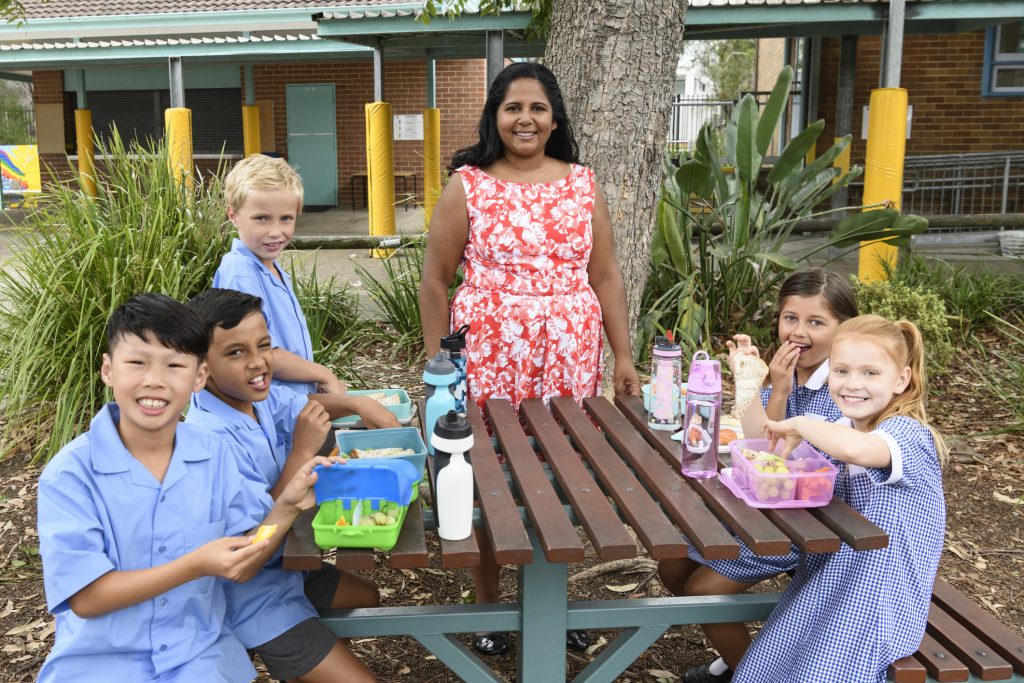Education Resource (HEAL)
Download Education Resource Brochure Here
Download Community Resource Here
Eating well and moving often are beneficial behaviours to ensure good long-term health. The Australian Bureau of Statistics reported that of children aged 2–3 years, 97% ate the recommended serves of fruit and 20% ate the recommended serves of vegetables. However these percentages dropped to 68% and 5% of children eating the recommended serves of fruit and vegetables respectively once accounting for children aged 2-18 years. (Source: ABS 2015d; Table S1.4.15.). Data also indicated that almost two-thirds (63%) of people living in the lowest socioeconomic areas did not meet physical activity guidelines compared to 40% of people living in the highest socioeconomic areas.
It is important to recognise that eating well and moving often are not just the result of decisions by individuals. Diet and physical activity can also be influenced by external environments which may not be supportive of healthy lifestyles. This tells us that places in which people live, learn, work, and play provide settings for change. These environments can support individuals and communities, specifically those centred on children and young people to foster healthy behaviours.
Why we developed the Healthy Eating, Active Living (HEAL) Education Resource?
To work with the most disadvantaged suburbs in Hume and Whittlesea to improve participation in healthy eating and active living.
This resource is intended for use by professionals who work with young people, ranging from toddlers to young adults. These professionals include early year’s educators, wellbeing officers, schools teachers, social workers and school support staff such as multicultural aids and bicultural workers.
Information available in the resource include:
- Four key topics for professionals to engage with a range of ages (0-25 years):
- Overall health statistics about the community
- Healthy eating guidelines and tips
- Physical activity recommendations and tips on how to move often
- Staying well, including goal setting tips and myth busting
- Learning activities to consolidate key messages
- Interesting facts to engage young people
The resource will be updated as new data becomes available, to ensure it remains relevant. We welcome your recommendations and feedback on the content of this resource to ensure that it is comprehensive and provides current and valuable information for educators and children alike.
To find out more about how DPV Health can help your setting, contact our Population Health team on populationhealth@dpvhealth.org.au


 Language
Language